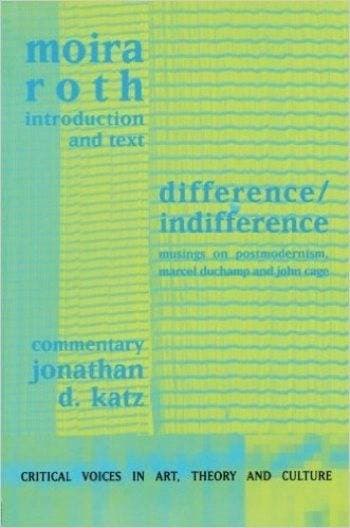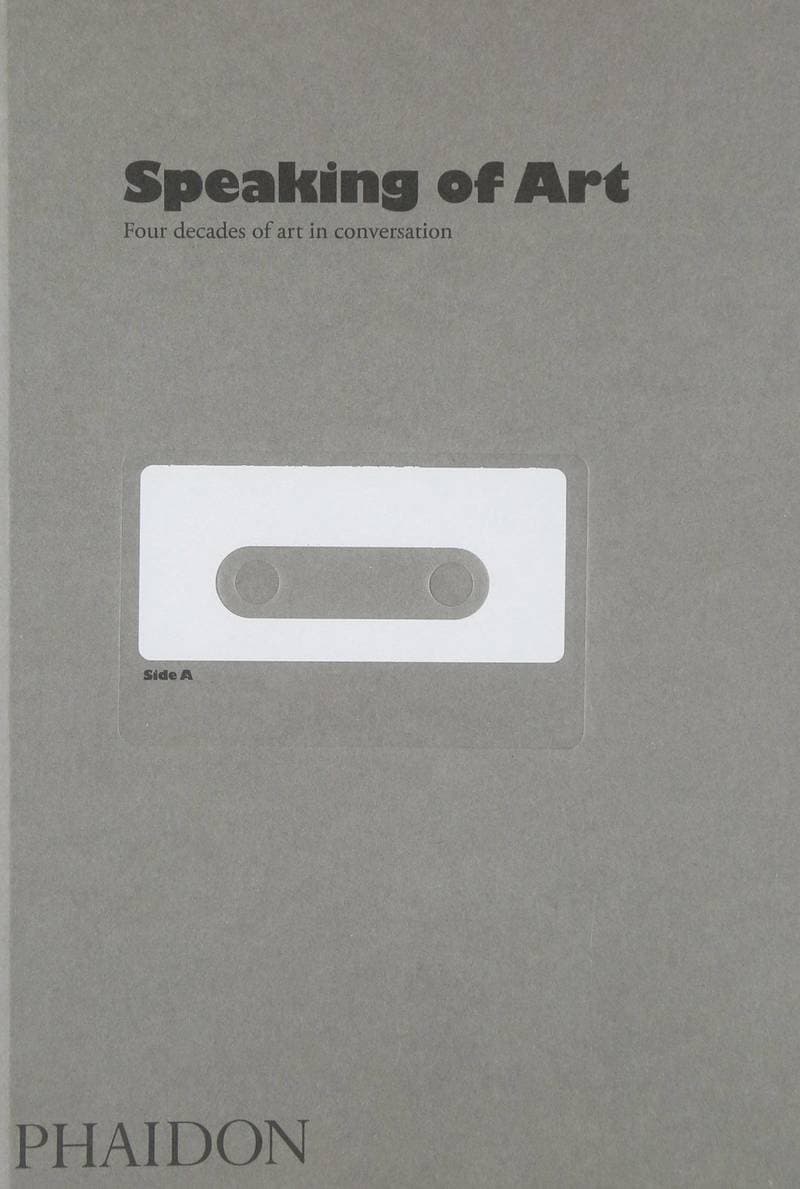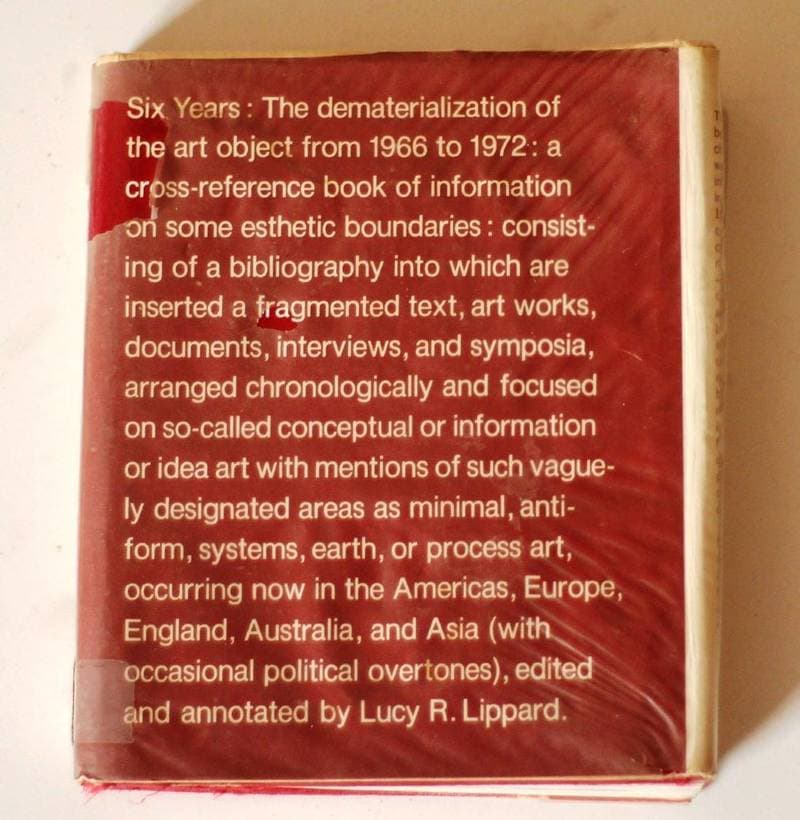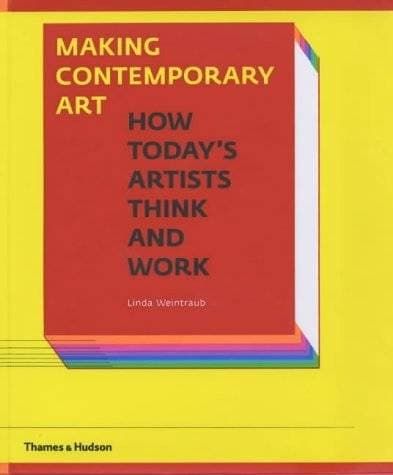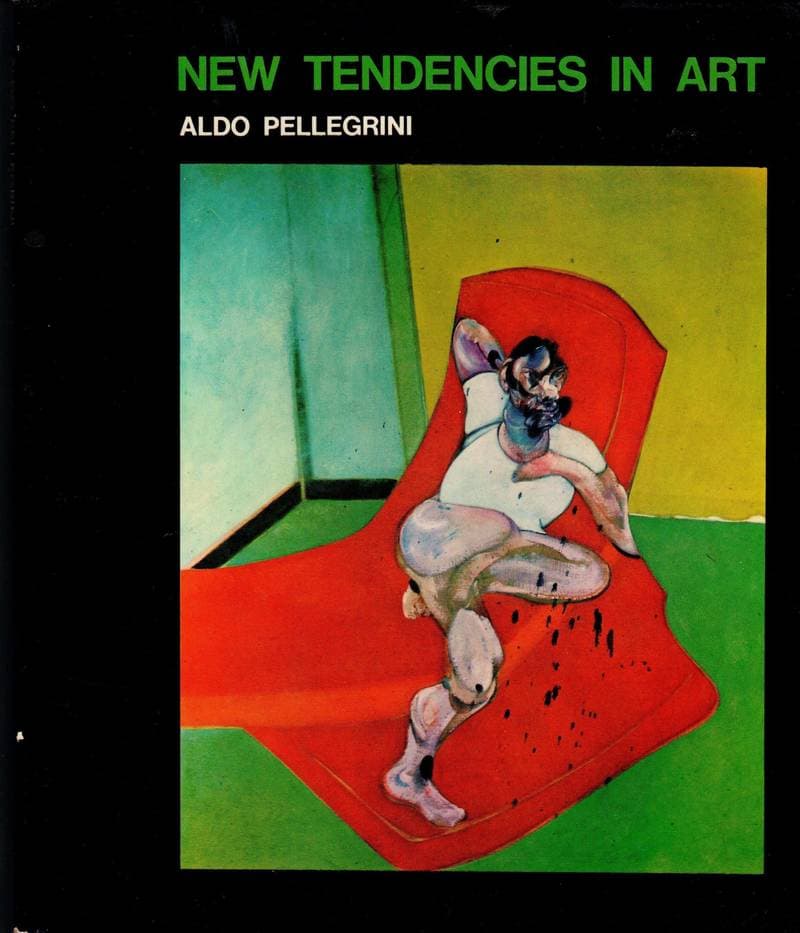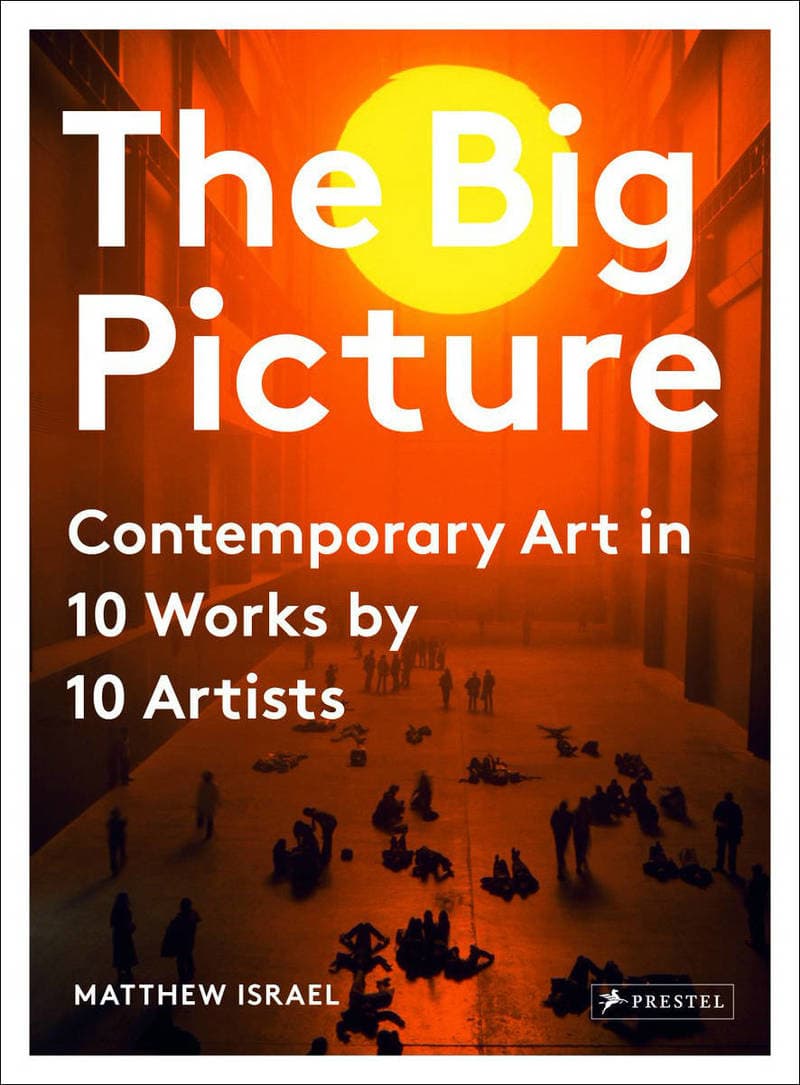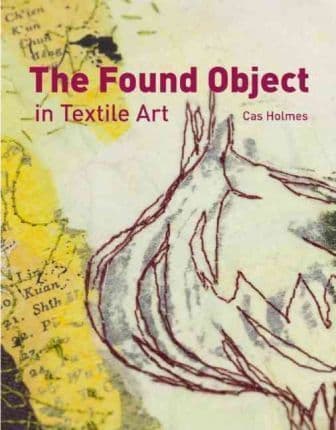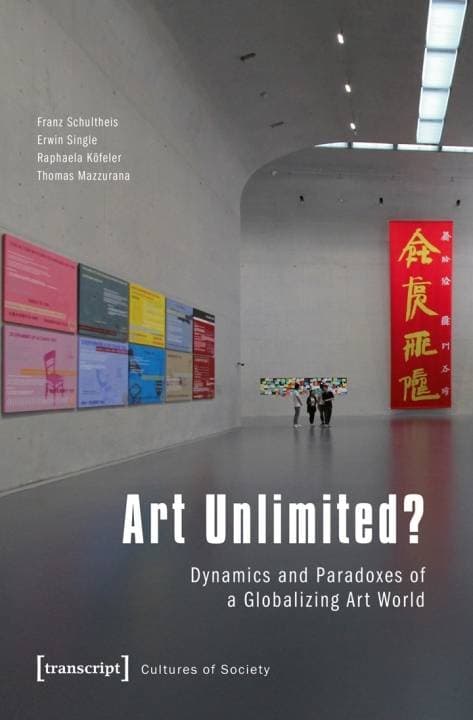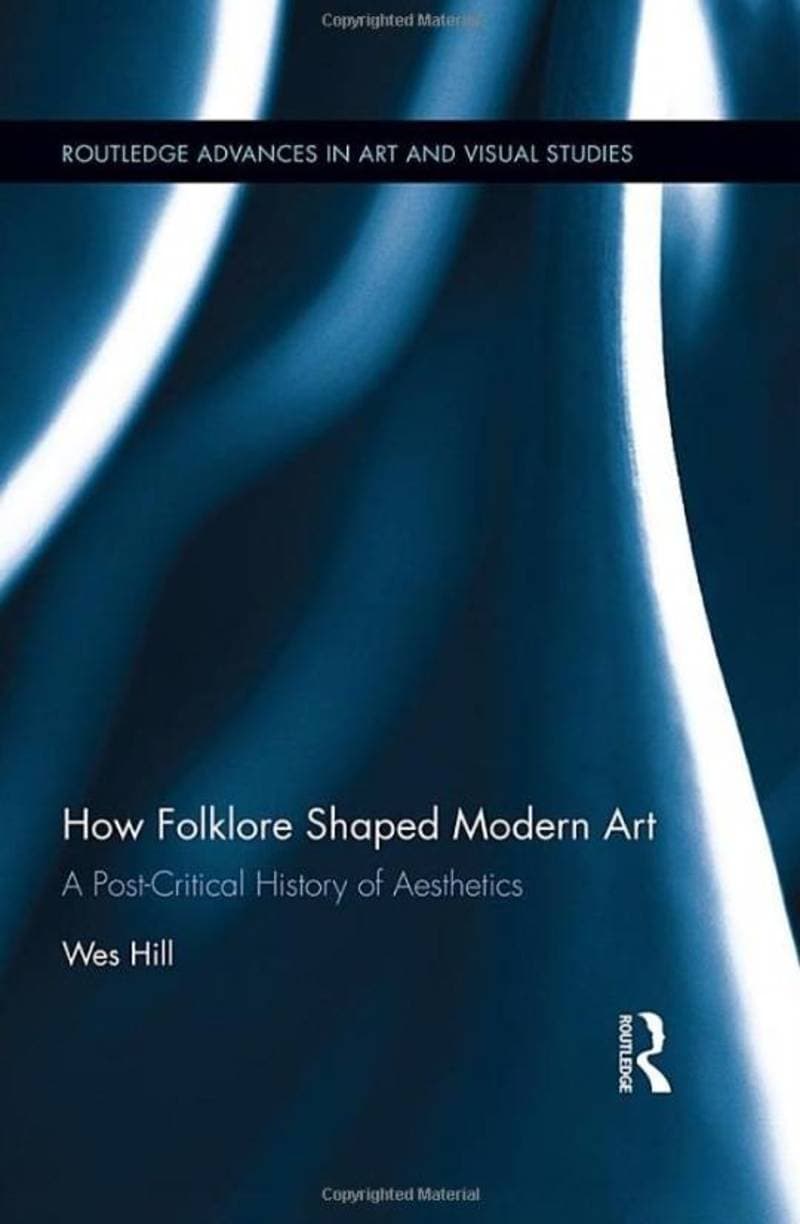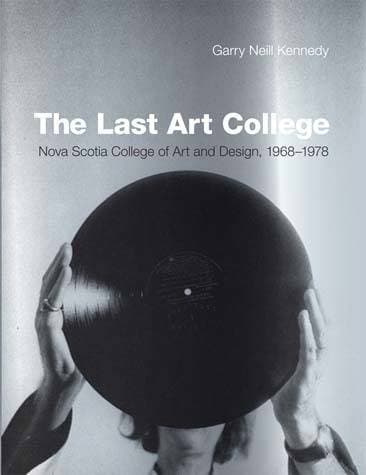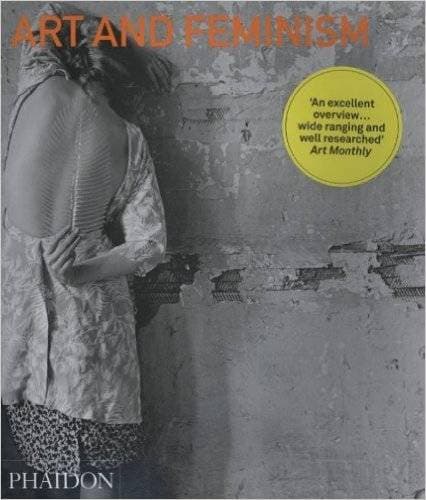Politics of Erasure: From “Damnatio Memoriae” to Alluring Void
The book Politics of Erasure. From “Damnatio Memoriae” to Alluring Void on the one hand deals with the strategies of widely understood erasure in visual arts (i.e. exclusion, annulment and depreciation) in terms of particular works of art, museum narrations or urban spaces; on the other hand, it attempts to look at the ways of writing history because here the required and necessary virtue of synthesis sometimes transforms into an injurious scheme. Thus, oscillation between the general consciousness of the method and its precise use within case studies becomes not only a presentation of significant works of the Polish art of the 20th century showed in the general European context, but also a reflection on the craft of the historian, its limitations and possibilities. The “politics of erasure” in the title does not link only with the ruthless power struggle hostile to any signs of resistance, it can also be a strategy aiming at widening our perception or negotiating what is visible and real. In this last case it does not reconcile itself to the terror of the visible and becomes a persevering attempt to expand the range of imagination and activate memory and intuition.
Details
Abstract art, Activism, Graphic art, Painting, Installation, Art history and art criticism, 20th‑century history, Cinema, Criticism, Curatorial practices, Performance, Politics, Poland, Nature, Sound art, Photography
Niemira Konrad (Article author), Kubala Agata (Article author), Eysymontt Rafał (Article author), Ilnicki Rafał (Article author), Worłowska Magdalena (Article author), Nieszczerzewska Małgorzata (Article author), Zawada Michał (Article author), Krzyżanowska Małgorzata Ksenia (Article author), Sinicka Agnieszka (Article author), Stec Anna (Article author), Morawiecka Maria Magdalena (Article author), Zarzycki Jakub (Article author), Klimczak-Dobrzaniecka Alicja (Article author), Sikora Patrycja (Article author), Gut Anna (Article author), Filipczyk Joanna (Article author), Bernatowicz Piotr (Article author), Tsiftsi Xanthi (Article author), Speare Jed (Article author), Jedlińska Eleonora (Article author), Markowska Anna (Article author, Preface), Kłos Agnieszka (Article author), Ziębińska-Witek Anna (Article author), Smolińska Marta (Article author), Popa Lucia (Article author), Narušytė Agnė (Article author), Katzav Hadara Scheflan (Article author), Jarosz Andrzej (Article author), Soczyńska Agata (Article author), Palęcka Alicja (Article author), Gradinaru Camelia (Article author), Ilnicka Zuzanna (Article author), Sikora-Sabat Anna (Article author), Bandura Agnieszka (Article author), Bojarska Katarzyna (Article author), Zięba Magdalena (Article author), Szczepaniak Barbara (Article author)
Proust Marcel, Van Gogh Vincent, Kohout Milan, Oberländer Marek, Sasnal Wilhelm, Grzeszykowska Aneta, Kapoor Anish, Jaccottet Philippe, Verschueren Bob, Richter Gerhard
Warsaw
2014
356 pages
9788362737666
Available on request
Yes
Yes
709.042 Mar
1
- Difference/Indifference: Musings on Postmodernism, Marcel Duchamp and John Cage2013
- Всё и ничто: символические фигуры в искусстве второй половины ХХ века2019
- Speaking of Art: Four Decades of Art in Conversation2010
- Six Years: The Dematerialization of the Art Object from 1966 to 19721973
- Making contemporary art: How modern artists think and work2003
- New Tendencies in Art1966
- The Big Picture: Contemporary Art in 10 Works by 10 Artists2017
- The Found Object in Textile Art2010
- Art Unlimited?: Dynamics and Paradoxes of a Globalizing Art World2016
- How Folklore Shaped Modern Art: A Post-Critical History of Aesthetics2016
- The Last Art College. Nova Scotia College of Art and Design, 1968–19782012
- Art and Feminism2012

